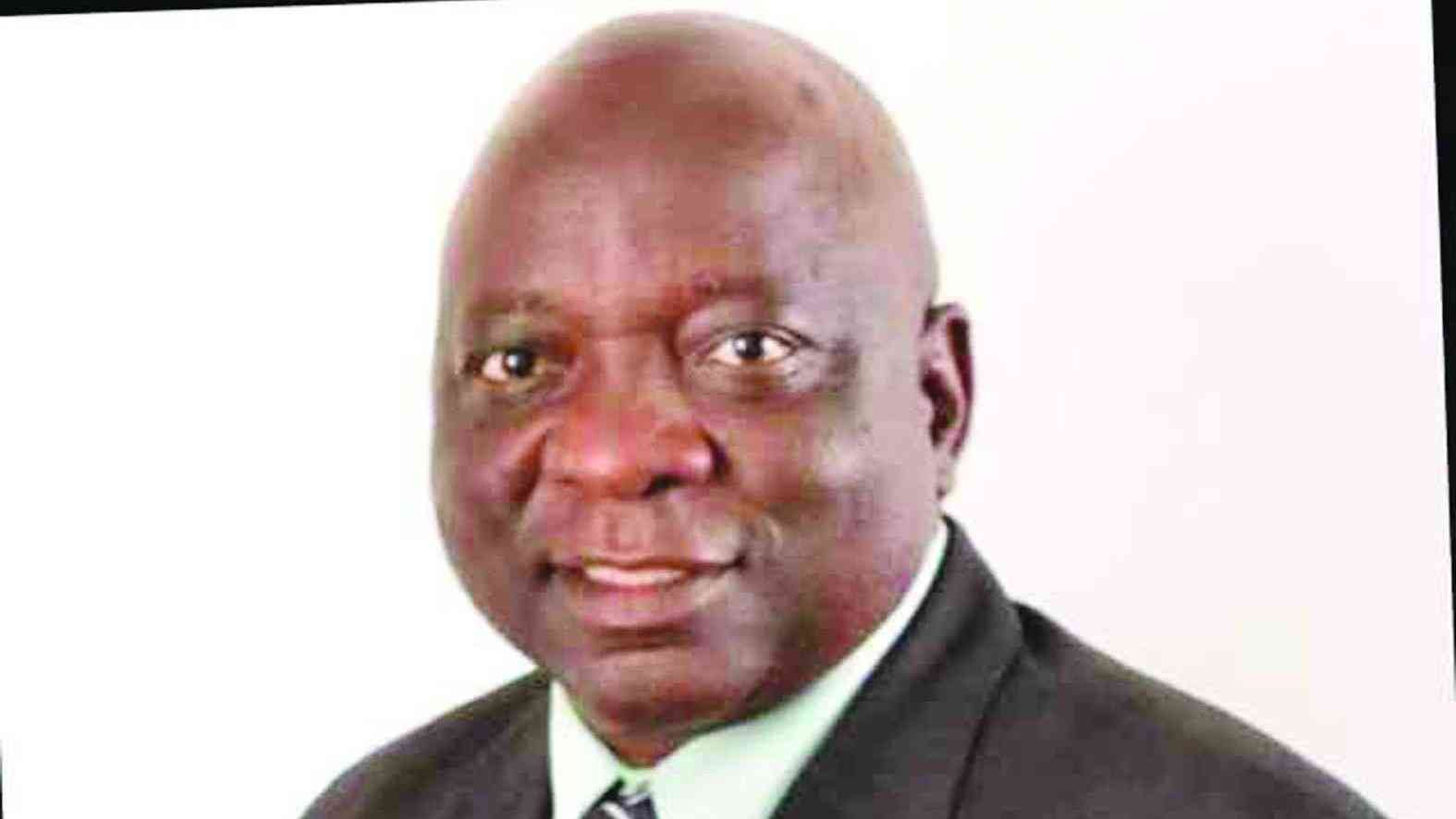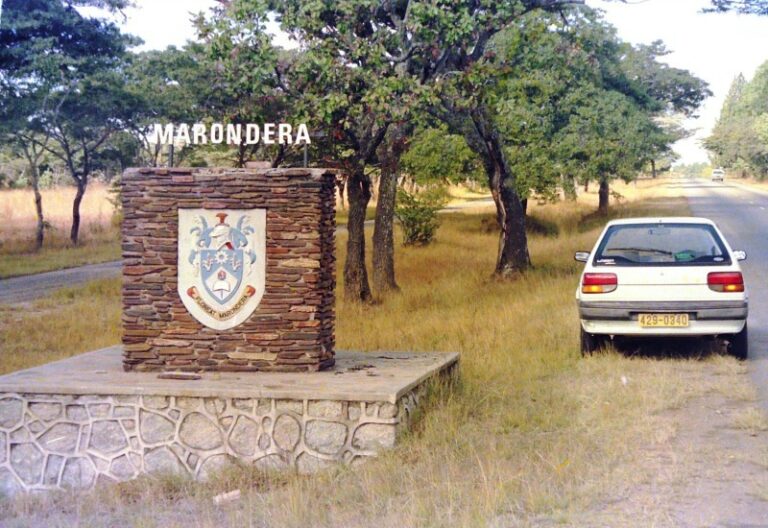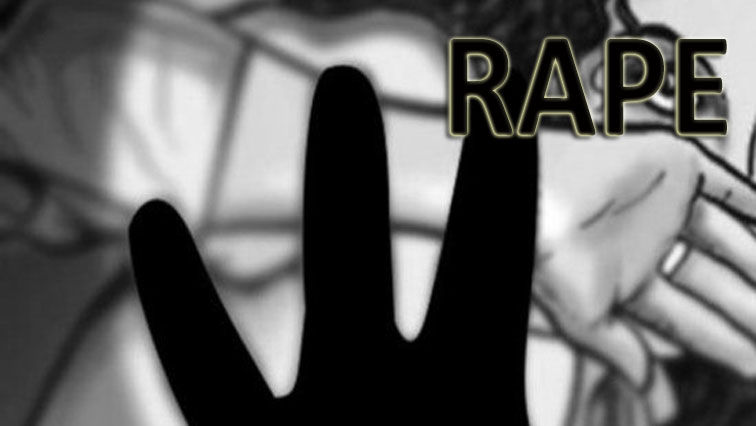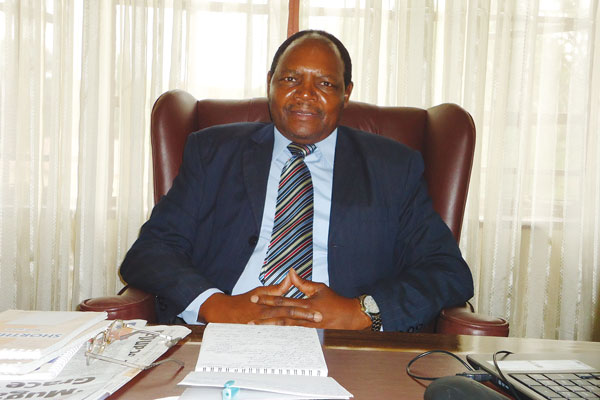
BY TAURAI MANGUDHLA PRESIDENT Emmerson Mnangagwa has been accused of marginalising Matabeleland region after a breakdown of programmes undertaken by his government since 2021 showed that the region has the least number of on-going capital projects.
Mnangagwa is banking on a long list of major infrastructure projects, including the upgrading of the Harare-Beitbridge Highway, as he campaigns for re-election in the 2023 polls.
The projects have gobbled billions in United States dollars, with critics saying the government has also been forced to print money, resulting in the local currency weakening and inflation racing to three digit figures.
Inflation jumped to 256% in July, up from 191% in June.
According to the latest Cabinet briefing, Bulawayo got 69 projects translating to a measly 4% of the total number of projects.
Matabeleland North and South got 12% and 5% of the projects respectively.
Information minister Monica Mutsvangwa said Cabinet received a report on a compendium of projects implemented by the government in 2021, which was presented by the minister of State for Presidential Affairs and Monitoring Implementation of Government Programmes, Jorum Gumbo.
“The nation is being informed that 1 688 projects were implemented during the period January to December 2021.
- Chamisa under fire over US$120K donation
- Mavhunga puts DeMbare into Chibuku quarterfinals
- Pension funds bet on Cabora Bassa oilfields
- Councils defy govt fire tender directive
Keep Reading
“Out of the 1 688 projects, 657 projects are fully completed, while implementation of 1 031 is ongoing,” Mutsvangwa said.
A breakdown of the projects showed that the three Matabeleland provinces combined account for 21% of projects while Harare metropolitan alone accounted for 10% of the projects.
Mashonaland East, Mashonaland West and Mashonaland Central- accounted for 30% of the number of projects. Harare and the Mashonaland provinces together accounted for 40% of the projects.
Manicaland also had a significant chunk, accounting for 16,2%.
Although the Cabinet brief did not have values of the projects, observers say this was testimony of continued systematic marginalisation that has left southern Zimbabwe lagging behind in development.
Political analyst Dumisani Nkomo said Zanu PF has a legacy of marginalisation.
“It’s not surprising, it’s not new at all because this is what has happened for the past 42 years,” Nkomo said.
“We have seen unevenness and structural injustice with the southern region lagging behind in terms of development.
“The hope is that the government will do something and address this unevenness with a focus on the southern region, which is lagging behind.”
Economist Eddie Cross said devolution has to be fully implemented in line with the constitutional provisions.
“I think the rhetoric on devolution should be followed through with serious implementation to make sure no one and no province is left behind,” Cross said.
“There should not be unequal development and you will find that the rural folk in Matabeleland are worse off than the rural folk in the Mashonaland provinces in terms of poverty.”
Devolution is provided for under Chapter 12 of the 2013 constitution with section 268 of the charter providing for the establishment of provincial councillors in the country’s provinces.
However, to date, there is no enabling act to operationalise devolution despite government approving principles of the Provincial Councils and Administration (Amendment) Bill.
“Historically the southern provinces have been neglected partly because they are poorer in terms of resources,” Cross added.
“They have less minerals and metals deposits, poorer climate and rainfall for agriculture hence there has been less investment there.”
Exiled former Foreign Affairs minister Walter Mzembi said presentations on development projects should extend to “values and types of projects, not this spaghetti presentation.”
“Cabinet is presenting an incomplete story to the public, what does the number of projects done by province tell anyone in the absence of valuations,” Mzembi asked.
“It only serves to open the government to attacks over unequal development feeding the running narrative that there are choice provinces for development and underdeveloped provinces when in fact the opposite may be true when the complete picture is presented for public consumption.”










